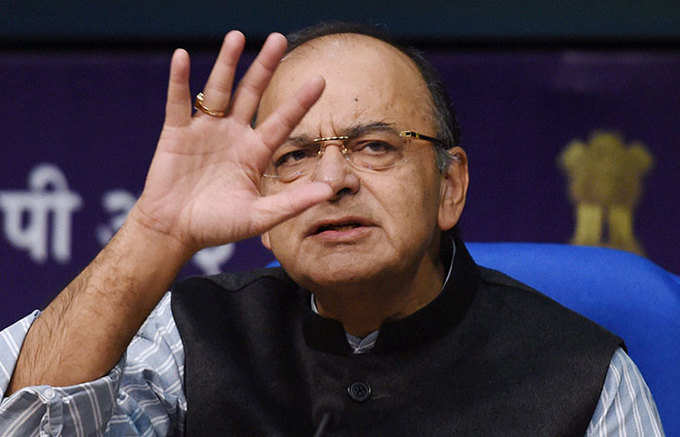 The global rating agencies have not been kind enough for India. Ratings agencies such as S&Ps, Fitch,
The global rating agencies have not been kind enough for India. Ratings agencies such as S&Ps, Fitch, IMF also cut India’s growth rate from 7.6% to 6.6% due to temporary negative consumption shock of demonetisation.
However, the
While tabling the Budget 2017, Finance Minister Arun Jaitley said India continues to stand as a bright spot in the world economic landscape.
Later on, while interacting with the mediapersons, Jaitley, in reply to rating agencies, said, “You inherited something 2.5 years ago which was in the range of 4.6% and from 4.6%. To bring it down gradually, year after year, stick to the target, and while sticking to the target, what’s more important is we haven’t stuck to the target just by making budgetary cuts which was done in the past. We stuck to the target where two years in a row, the REs have been higher than the BEs and yet we have stuck to the target.”
The Economic Survey, which was presented on Jan 31, also slammed these agencies, criticising the methodologies adopted by them. The survey was also critical of the differential treatment they showed towards India and China while assigning a rating.
Quoting an example, the Survey noted that China had launched a massive credit expansion in 2009, resulting in the rise of its credit-GDP ratio by about 63 percentage points of the GDP. But growth in GDP slowed from over 10% in 2010 to 6.5% in 2016.
When these two parameters (credit-GDP ratio and economic growth) are plotted on a graph, it creates a scissors pattern. “How did Standard and Poor’s react to this ominous ‘scissors pattern’, which has universally been acknowledged as posing serious risks to China and indeed the world,” the Survey pointed out.